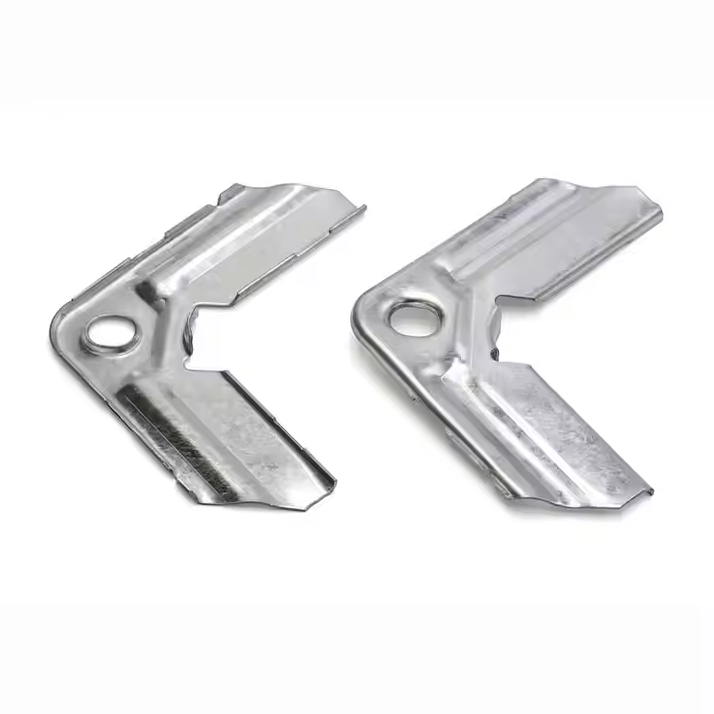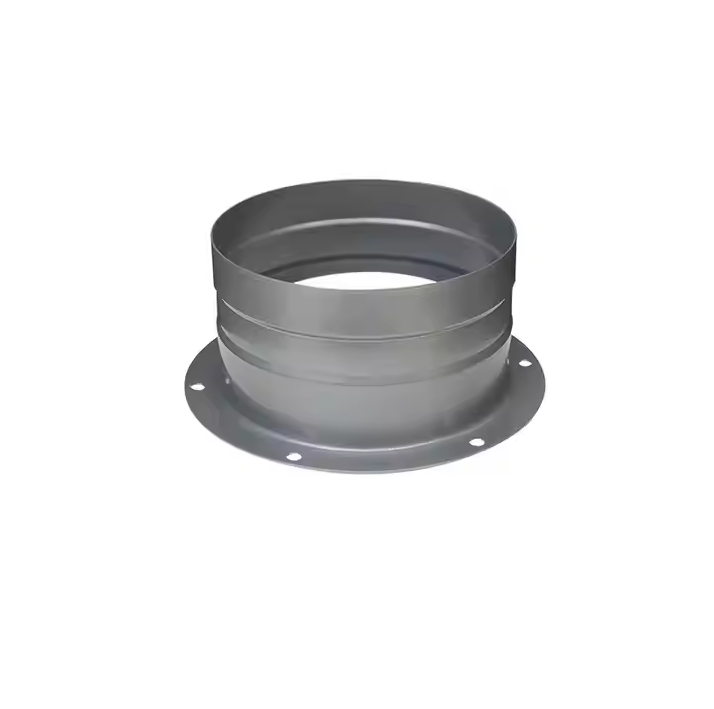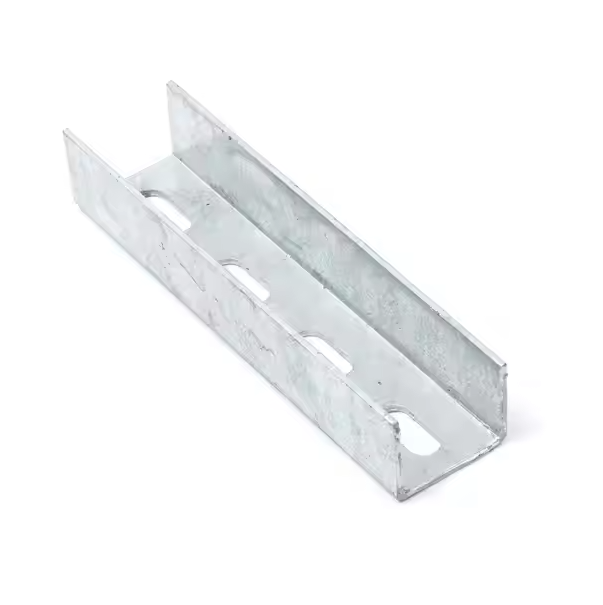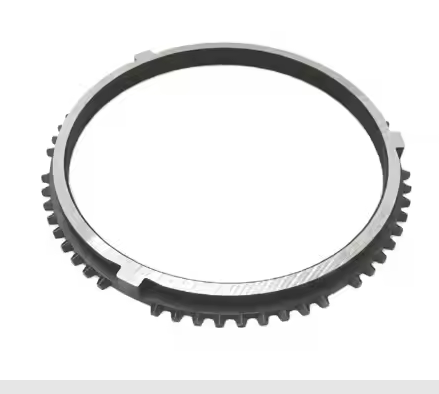From the precise coordination of engine cylinders to the stable operation of tires and braking systems, thermal expansion is not only a basic issue that must be considered in vehicle operation, but also a key entry point for engineers to achieve performance breakthroughs.

Definition of vehicle thermal expansion
Vehicle thermal expansion refers to the physical phenomenon that during the operation of a vehicle, due to changes in ambient temperature or heat generated by the operation of its own components, the molecular thermal motion of vehicle component materials (such as metal, rubber, plastic, etc.) intensifies, thereby causing the volume of the components to increase.
Advantages and characteristics of vehicle thermal expansion
Assisting performance optimization
In engine design, reasonable use of thermal expansion characteristics can reserve a small gap between the piston and the cylinder wall when it is cold. When the engine operating temperature rises, the piston will fit tightly with the cylinder wall due to thermal expansion, reducing gas leakage and improving the engine's power output and fuel economy.
Ensuring structural stability
Some vehicle structural parts use a combination of materials with specific thermal expansion characteristics. When the temperature changes, the components expand or contract in coordination to maintain the stability of the overall structure.
Improving safety performance
The thermal expansion monitoring and control of tires can effectively prevent tire blowout accidents.
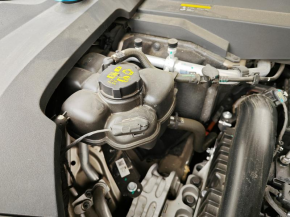
Types of thermal expansion of vehicles
Thermal expansion of materials
Thermal expansion of metal materials: Metal is the most commonly used material in vehicle manufacturing, and the thermal expansion coefficients of different metals vary significantly.
Thermal expansion of rubber and plastic materials: Rubber and plastic are often used in seals, interior parts, etc. of vehicles.
Thermal expansion of components
Thermal expansion of engine components: When the engine is working, the temperature of components such as cylinders, pistons, and valves rises sharply, and the thermal expansion phenomenon is significant.
Thermal expansion of the brake system
During the braking process of the vehicle, the brake pads and brake discs generate a lot of heat due to friction, causing the temperature of the components to rise and expand.
Application fields of vehicle thermal expansion
In the design and manufacture of key components such as automobile engines, transmissions, chassis, etc., thermal expansion theory is an important design basis.
Railway transportation
Train wheels, axles, rails and other components will produce thermal expansion due to friction and ambient temperature changes during operation. Reasonable control of thermal expansion is crucial to ensure the safety of train operation.
Aerospace
The thermal expansion problem of aircraft engines, fuselage structures, etc. is more prominent in high-altitude extreme temperature environments. The aerospace field uses advanced thermal protection materials and thermal expansion control technology to ensure the structural integrity and performance stability of aircraft in high and low temperature environments.
Through continuous innovation and technological breakthroughs, the thermal expansion characteristics of vehicles will be better utilized, providing stronger support for the efficient, safe and reliable operation of vehicles, and pushing the automotive industry to new heights.
Our factory has been deeply involved in the field of vehicle thermal expansion related technologies for many years. With deep technical accumulation and rich practical experience, it has become a leading provider of thermal expansion solutions in the industry, and is committed to creating high-quality and high-performance vehicle products for customers.
